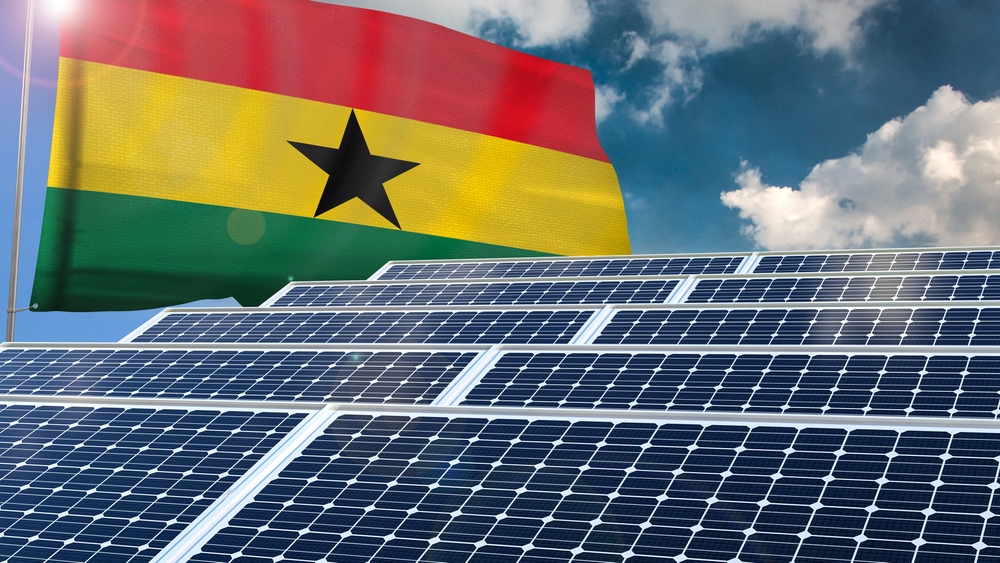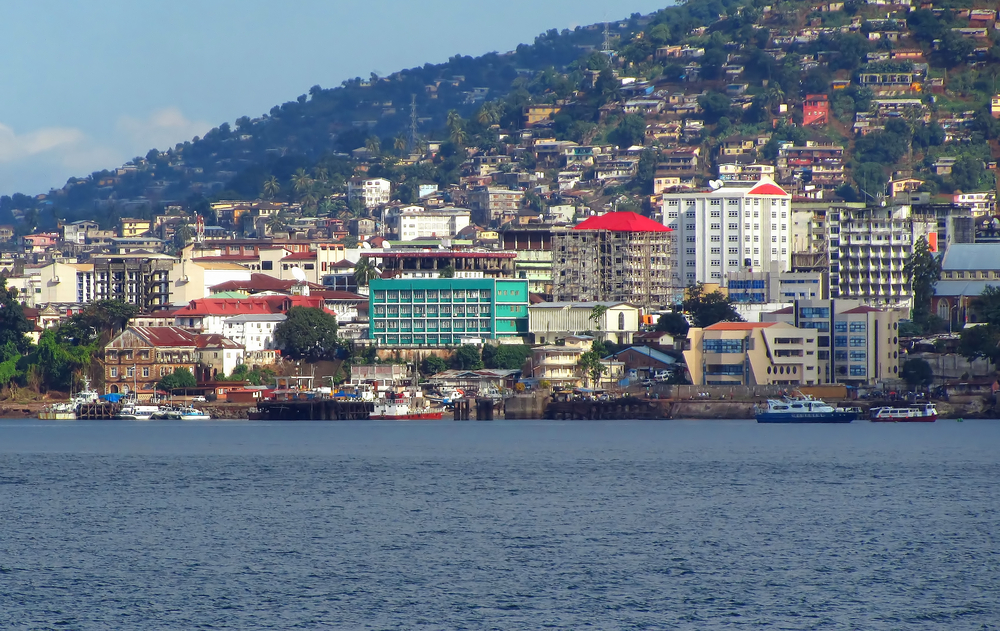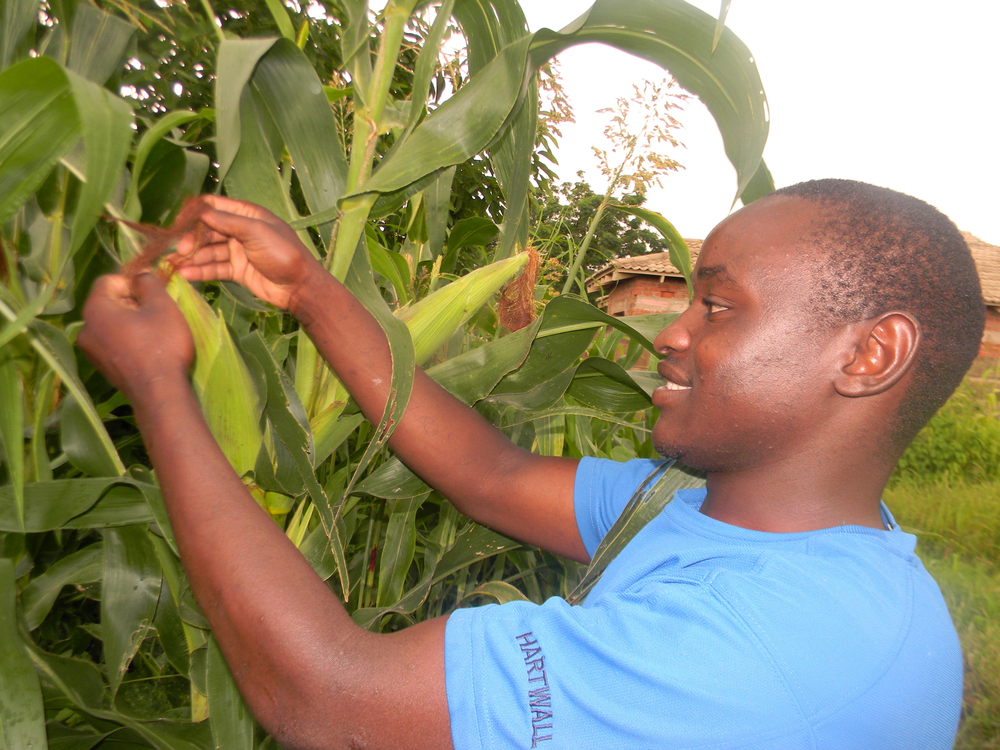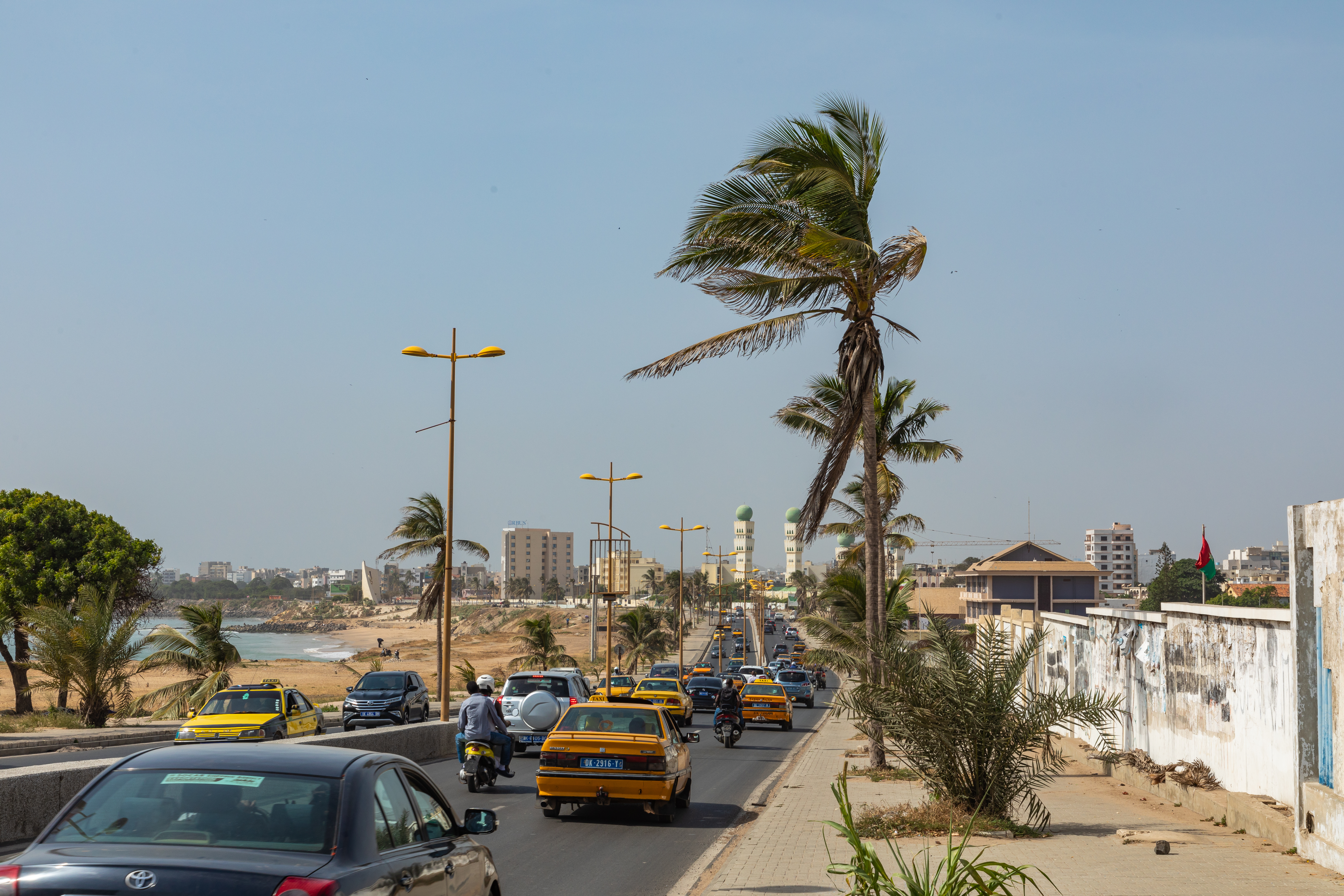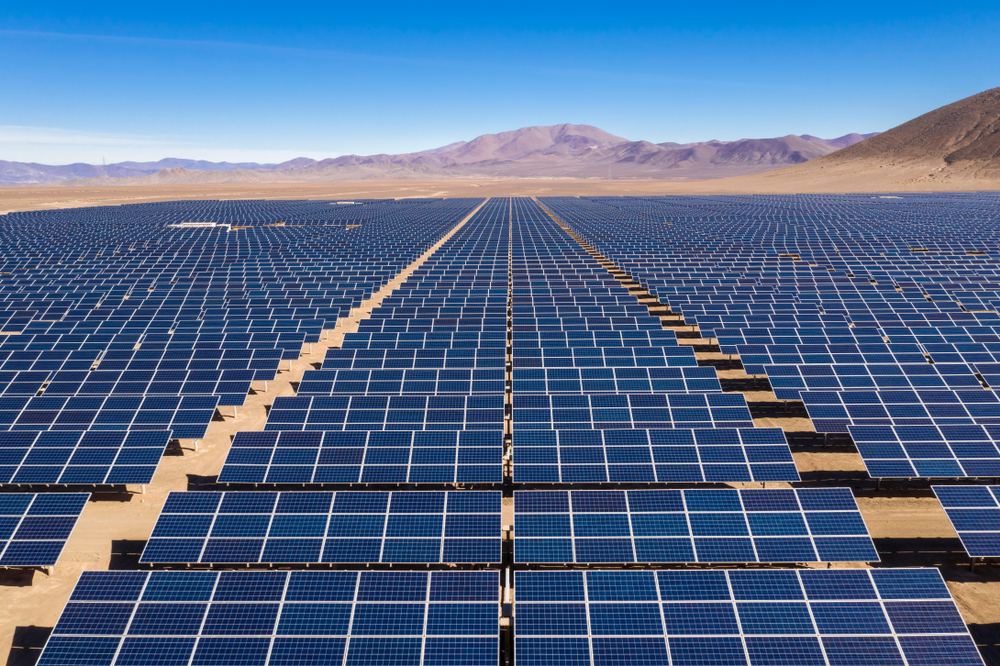
The Desert to Power G5 Sahel Financing Facility
The Desert to Power G5 Sahel Financing Facility
3 November, 2022Context
The Sahel region faces more challenges to achieving sustainable development in the face of poverty, insecurity and climate change than perhaps any other. The region also includes five of the ten poorest nations in the world (Burkina Faso, Chad, Mali, Mauritania, and Niger). Together these form the G5 Sahel, where more than three quarters of the 86 million people who live there have no access to electricity.
This region also has some of the highest solar energy irradiation and photovoltaic potential in the world, though economic development is constrained in part by the energy supply gap. To take advantage of this opportunity, the Desert to Power G5 Sahel Financing Facility aims to tap this ‘free’ resource by increasing solar power generation and electricity access, while addressing structural challenges in the energy sector.
Objectives
The overall aim is to assist G5 Sahel countries to adopt low-emission solar power generation through independent power producers and energy storage solutions. Investments are to be supported by technical assistance, gender and climate mainstreaming, and encouraging private sector buy-in.
- Add 500 MW of additional solar generation capacity, and connect 695,000 households to an electricity supply.
- Ensure low-emission development to mitigate effects of climate change, by directly reducing emissions by 14.4 Mt CO2e over 25 years.
- Strengthen regional grid management capacity by building human, social, and institutional capital.
- Create harmonized gender-responsive regulatory frameworks for the electricity sector to lower investment barriers and promote gender-responsive approaches.
- Contribute to improving the quality of life of women and men through more sustainable, reliable and affordable energy access by households and workplaces, and supporting productive uses of electricity, industrialization, and basic public services such as health and education.
- Expand opportunities for manufacturing and industries to provide employment and build prosperity.
The Facility is a part of the broader Desert to Power Initiative, that by 2030 aims to light up and power the Sahel region by adding 10 GW of solar generation capacity and provide electricity to 250 million more people in 11 countries from Senegal to Djibouti.
AAAP added value
- Rapid climate risk assessment of transmission systems to provide insights to the location of solar plant
- Upstream capacity building through a regional Masterclass on Climate-Resilient PPPs
- Climate risk assessment to quantify impacts of climate hazards on assets, services, and people
- Adaptation and resilience investment options appraisal, to identify and prioritize adaptation and resilience options and present recommendations of investment for each project;
- Advisory services for results and evidence-based planning, management and M&E of interventions
Expected Outcomes
- Improved investment climate and a sustainable market for independent solar power producers created.
- knowledge and technology transfer facilitated to create opportunities for SMEs in the value-chain.
- Environmental co-benefits driven to increase access to electricity and reduce the need for firewood, reduce deforestation and build resilience to climate change.
Expected impacts
- Countries in the Sahel region enabled to transform desert areas into an opportunity to meet their energy needs using clean technologies while delivering multiple adaptation co-benefits.
- Strengthened capacity of national institutions in G5 Sahel countries to ensure long-term sustainable ilitydevelopment of their national renewable energy sectors.
- Reliable environment for private sector solar project financing created.
